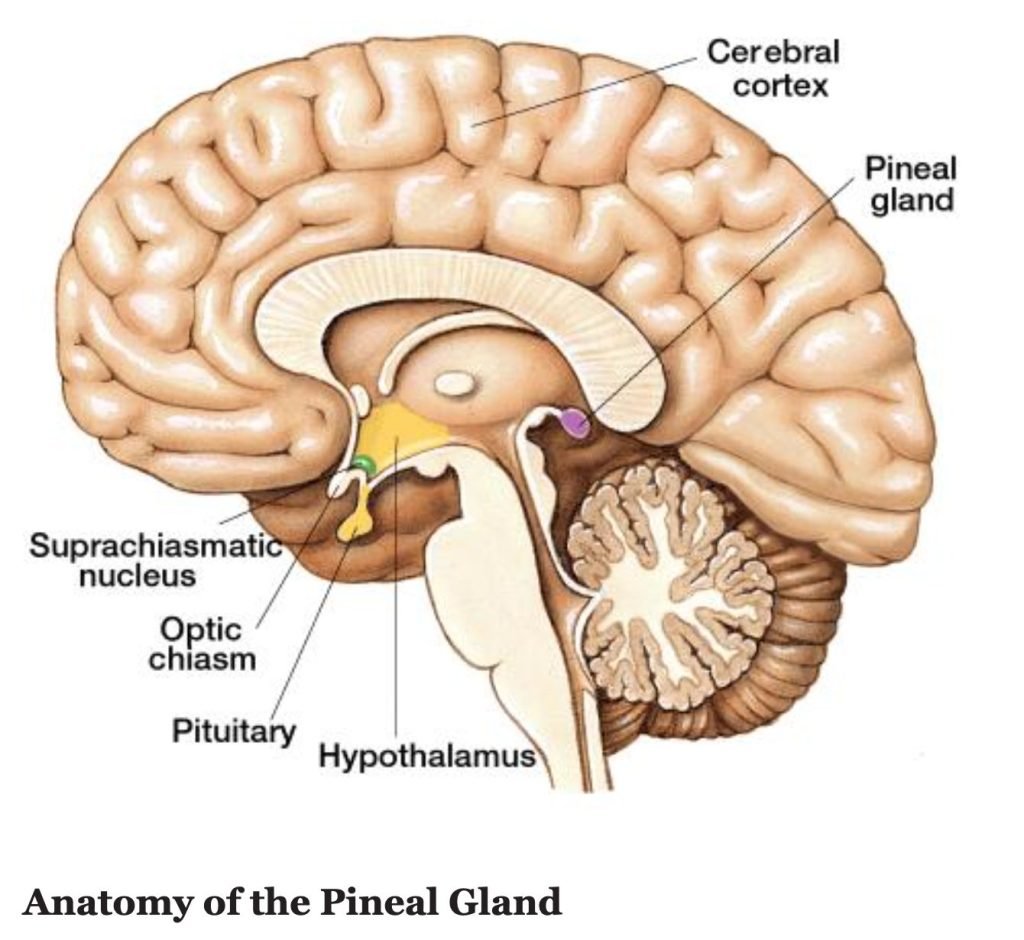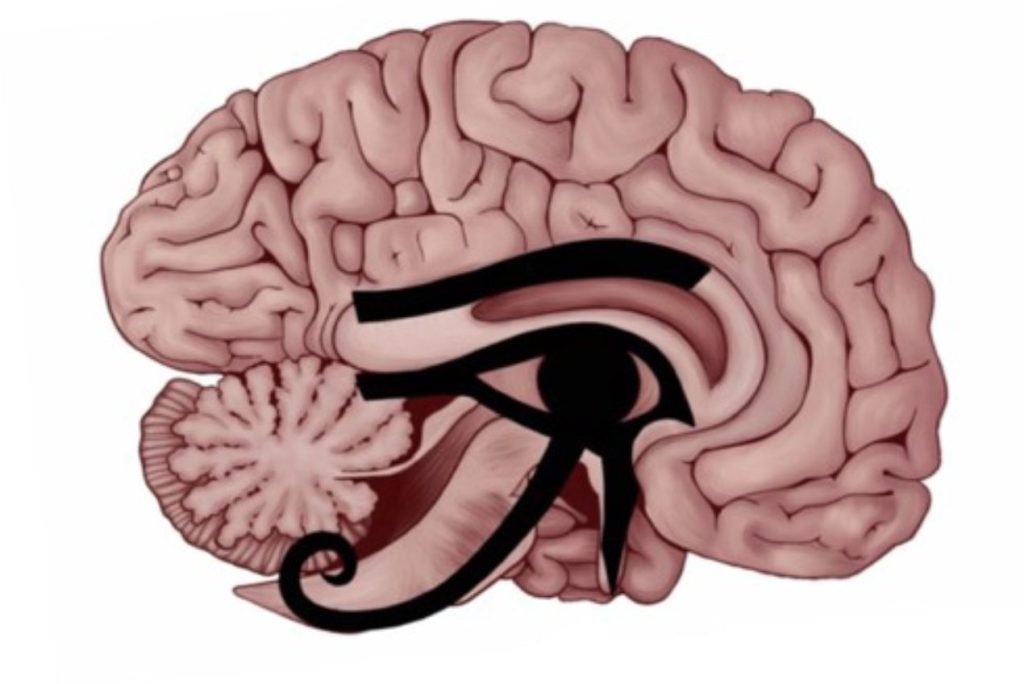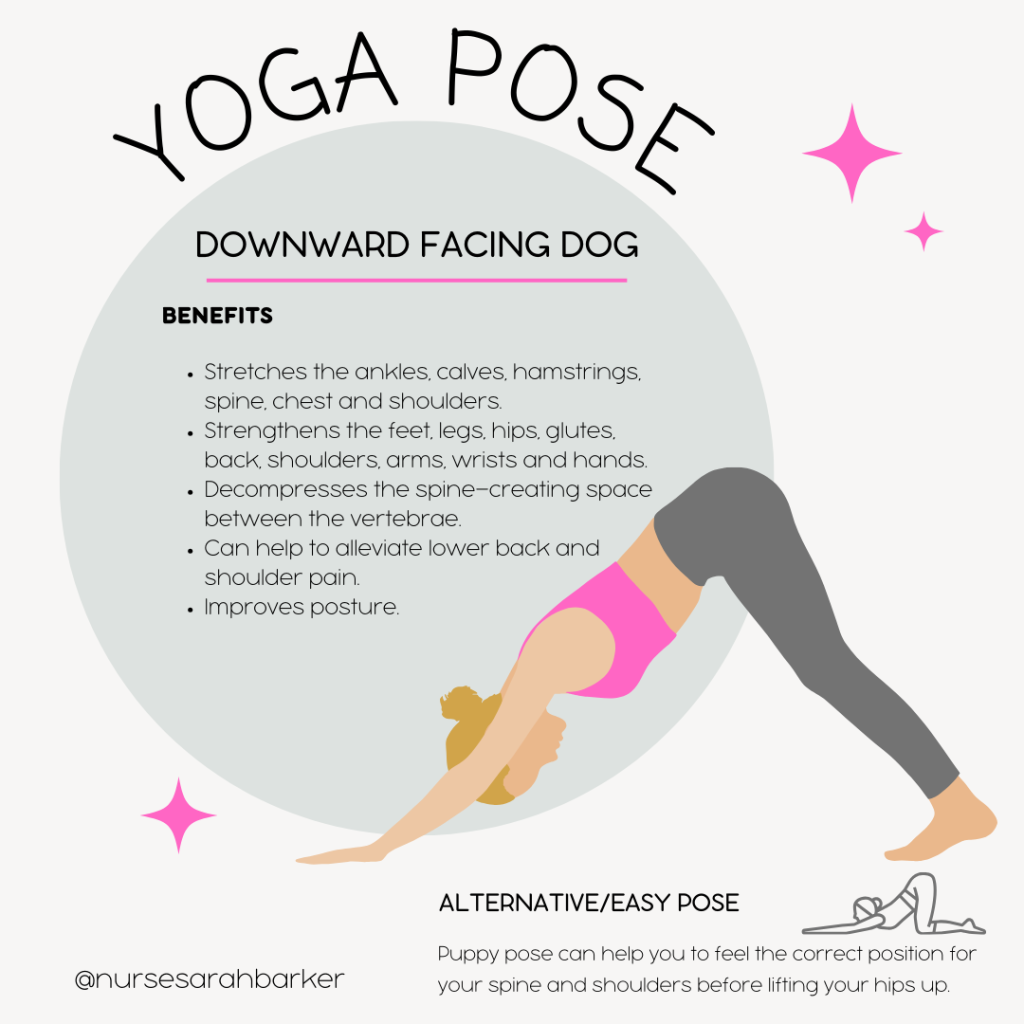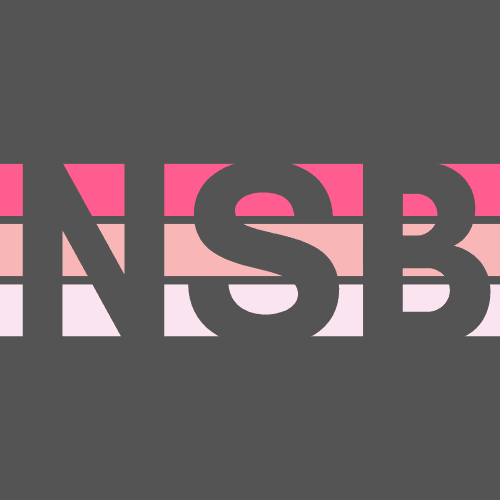The Third Eye (ajna chakra in Sanskrit and the sixth chakra) does not have any scientific evidence to support its existence. However it has been spoken of throughout history in spiritual and religious traditions.
Many spiritual traditions believe it serves as a connection between the physical and spiritual worlds. Philosophers also refer to it as the “Seat of the Soul”.
In Hinduism, the third eye is represented by a tilaka, a small mark at the centre of a person’s lower forehead. They also consider this to be your body’s sixth primary chakra.
Buddhists associate the third eye with mindfulness and being awakened.
The third eye refers to an energy centre between your eyebrows, in chakras, yoga, meditation, or other spiritual practices.
Is the third eye the Pineal Gland?
Some people believe the third eye opens when the pineal gland is activated.
The pineal gland was the last of the endocrine glands to be discovered. Scientists still aren’t fully sure of all of its functions, it has long been a “mysterious” organ.

The Greek physician and philosopher Galen (129–c.216). He studied it extensively, naming it after the nuts found in the cones of the stone pine.
Ancient Egyptians were one of the first cultures to have many art and medical findings. The Eye of Horus structure seems to encompass the pineal gland. The eye is broken down into six parts which are believed to represent the six senses.

In several later medieval texts, the term pinea was applied to the worm-like obstacle, so that the view that the pineal gland regulates the flow of spirits.
René Descartes (1596–1650) is known because of his contributions to mathematics and philosophy. He wrote about the pineal gland, attached more importance to it than any other philosopher did. Descartes tried to explain most of our mental life involve the pineal gland and described it as the ‘seat of the soul’, and the place in which all our thoughts are formed.
Only a few people accepted Descartes’ pineal neurophysiology.
Steensen (1669) pointed out that Descartes’ basic anatomical assumptions were wrong because the pineal gland is not suspended in the middle of the ventricles and is not surrounded by arteries but veins. He argued that we know next to nothing about the brain. Camper (1784) seems to have been the very last one to uphold the Cartesian thesis that the pineal gland is the seat of the soul.
Towards the end of the nineteenth century, Madame Blavatsky, the founder of theosophy, identified the “third eye” discovered by the comparative anatomists of her time with the “eye of Shiva” of “the Hindu mystics” and concluded that the pineal body of modern man is an atrophied vestige of this “organ of spiritual vision”
It is located deep in the centre of the brain and is an extremely active neuroendocrine transducer. its connection to light via the circadian rhythm and melatonin secretion.
Melatonin has shown pharmacologic uses as anticancer and anti ageing agents. Its role in preventing osteoporosis and menstrual irregularity is under trials.
Dimethyl tryptamine from the pineal gland is also known as spirit molecule. It is linked to perception and is activated by energetic and magnetic frequency.
Ancient Indian Mythology
The three main “Nadis” are Ida, Pingla, and Sushmna. These Nadis are the subtle energy channels of the body, and they conduit “Prana” (soul) throughout the whole body.
Ajna Chakra, the area of the third eye, is the sixth Chakra, which is found in the space between the eyebrows (Brow Chakra, the third eye, the eye of wisdom, the inner eye Chakra, or the command Chakra). An invisible yet powerful third eye, this is our centre of intuition.
The letter “ham” represents Shiva. “Ksham” represents Shakti. These two words written on petals represent the manifest and the un-manifest mind and are sometimes said to represent the pineal and pituitary glands.
Actually, as human beings, we do not know the power of the mind. Ancient “gurus” have gained mystic and supernatural powers by igniting the third eye.
Ayurveda
Ayurvedic physiology and pathology are based on the circadian rhythm of three “Doshas.” These doshas govern the physiologic integrity of body by controlling the distribution of energy, in the same way as
soma, Surya, and Anila maintain the integrity of the terrestrial world.
The three doshas—Vata, Pitta, and Kapha—follow a circadian rhythm, and by this rhythm, all the metabolic functions of the body are regulated. Disruption in this rhythm leads to the production of various pathologic states.
Doshas also follow the circannual rhythm and yearly cycle by the process of their “Sanchaya,” “Prakopa,” and “Shaman” for regulating the biochemical, physiologic, or behavioural processes of the body.
Our sleep depends on Kapha and Tama Doshas, and if the time of “Kapha predominance” passes, one feels the state of awareness and leading to vitiation of “Vata.”
Vitiation of Vata leads to the development of “Rakshasa” in the body and symptoms such as irritability, restlessness, and arduousness in concentrating, facile fatigue develop in the person. If it is done only for 1 or 2 days a week, the body can adjust it by taking day sleep (Divaswapa). However, if it becomes
our quotidian routine, our cycle of Doshas is inverted and disease develops.
So is the pineal gland the third eye?
Although it is still not for certain, the pineal gland as third eye or mystic control has been described in ancient science. The modern world is trending toward the same inference.
How do we open the third eye?
Once our third eye chakra is opened, we can gain wisdom, intuition, deeper self reflection, higher self-confidence, and logic, just to name just a few. So you now may be wondering: how do we
open the third eye?
Meditation
To open your third eye through meditation, find a quiet place to sit and focus attention on your breath. As you inhale and exhale, imagine a bright light entering through the top of your head and filling your entire body. The longer you sit in meditation, the more the third eye strengthens.
Visualisation
Visualisation techniques involve imagining your third eye opening and becoming more receptive to spiritual energies.
Close your eyes and visualize a glowing, violet light at the centre of your forehead. Imagine this light growing brighter and expanding, filling your entire head and body with a sense of awareness and clarity.
Chanting
The act of chanting is a key aspect of practices like meditation and yoga, so it’s no surprise that it can also help open your third eye. “Reciting specific mantras, like ‘Om’ or ‘Aum,’ can resonate with the third eye’s vibrational frequency, helping to open and activate it.
Breathing Practices
The breath is a grounding force, and a tool to centre yourself within your body. Taking the time to practice mindful breathing can aid in activating your third eye.
breathing techniques include alternate nostril breathing and diaphragmatic breathing.
Types of Breathing Practices
- Coherent breathing
- Box breathing
- 4-7-8 breathing
- 3-part breathing
- Diaphragmatic breathing
Yoga Poses
Yoga can calm your body, loosen your muscles, and also can help with opening your third eye.
Downward-Facing Dog
Certain poses, like downward-facing dog or child’s pose, can help stimulate the pineal gland and activate the third eye.


You can incorporate these into an existing practice or use them as an introduction to yoga.
Set an intention
What do you hope to achieve through this practice?
Understanding your personal goals when seeking a deeper spiritual connection, enhancing intuition, or achieving greater emotional balance is crucial.
Intention acts as the guiding light for your practice, keeping you aligned with your purpose and open to the experiences that may come.
Self care
Self-care forms the base of any spiritual practice. It’s important to prioritise your well-being through simple, daily routines that ground you.
How do you know when the third eye is opening?
- Physically, you may experience a tingling sensation between your eyebrows, changes in vision, or increased foresight.
- Mentally, there’s often a newfound clarity of thought, an ability to transcend ordinary thinking, and a feeling of being more in tune with your intuition.
- Emotionally, you might find yourself more receptive to the energies of others, more deeply connected to your emotions, and with an increasing sense of inner peace.
How to keep the third eye open
Regular meditation keeps the third eye awakened. Integrate daily practices that involve visualisation, mindfulness, and breathwork to maintain clarity and intuition. Other activities that stimulate creativity and imagination, such as art or music, further support this energetic center.
Journal it
Writing about your experiences and the insights gained through the third eye can deepen your understanding and integration of these spiritual revelations. Keeping a dream journal can also help to process lessons and spiritual messages.



